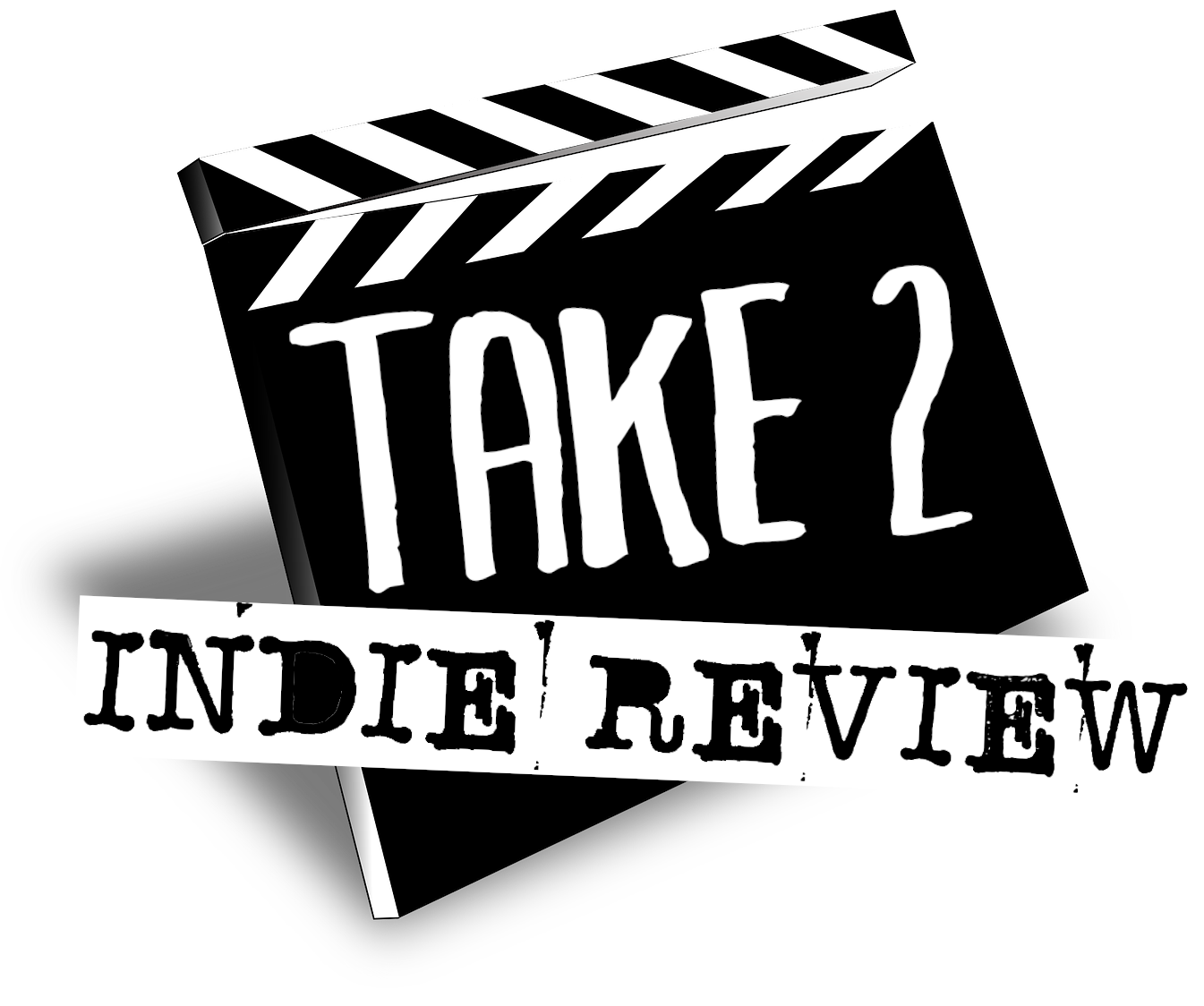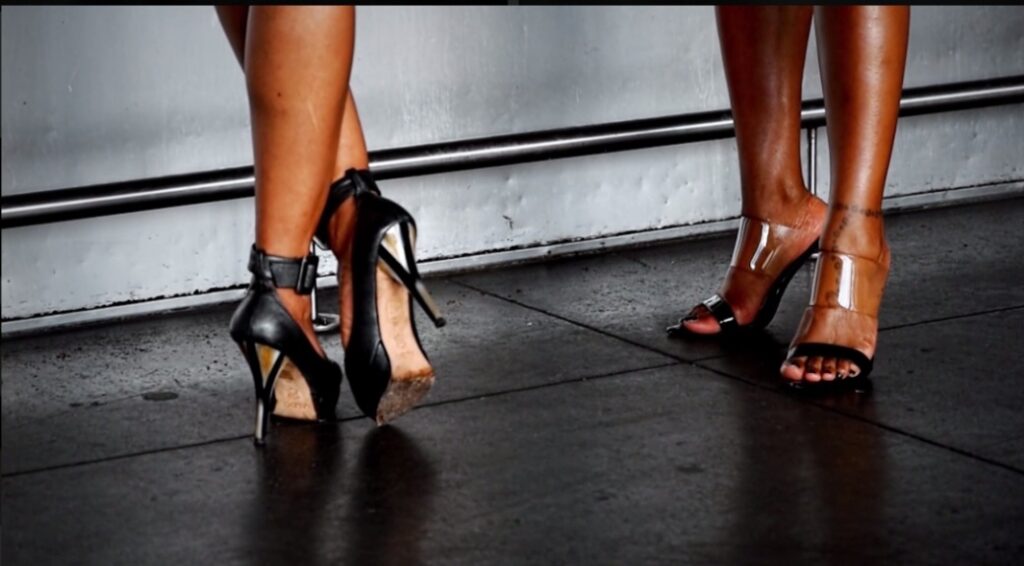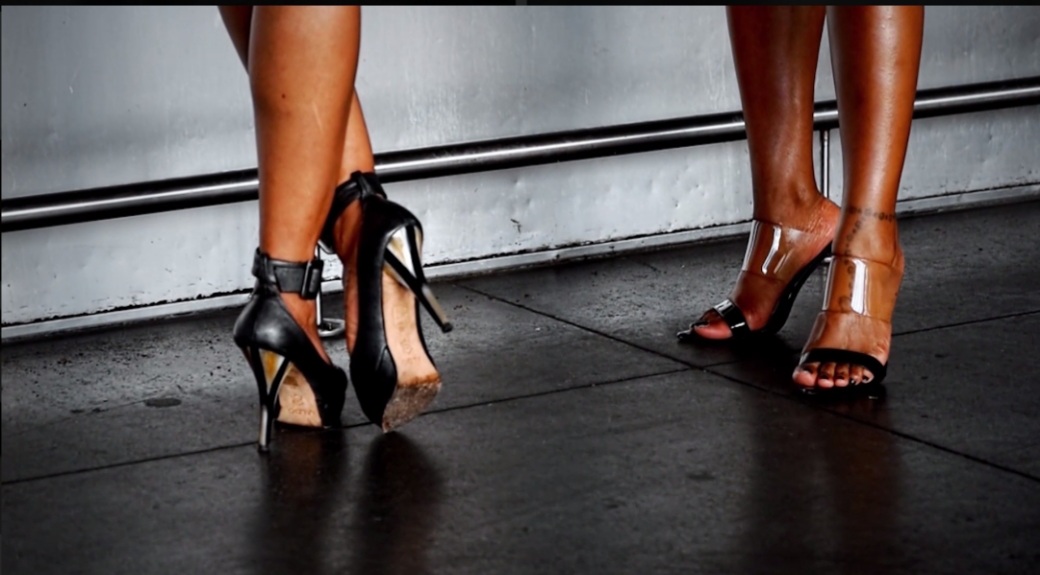Through an exploration of the fine line between pain and power, HIGH ON HEELS offers a glimpse into the complex relationship women have with high-heeled shoes. By approaching the subject from the perspective of artists, entrepreneurs, and doctors, the film captures a well-rounded look at the history of the shoe and its influence on what defines a woman in today’s society.
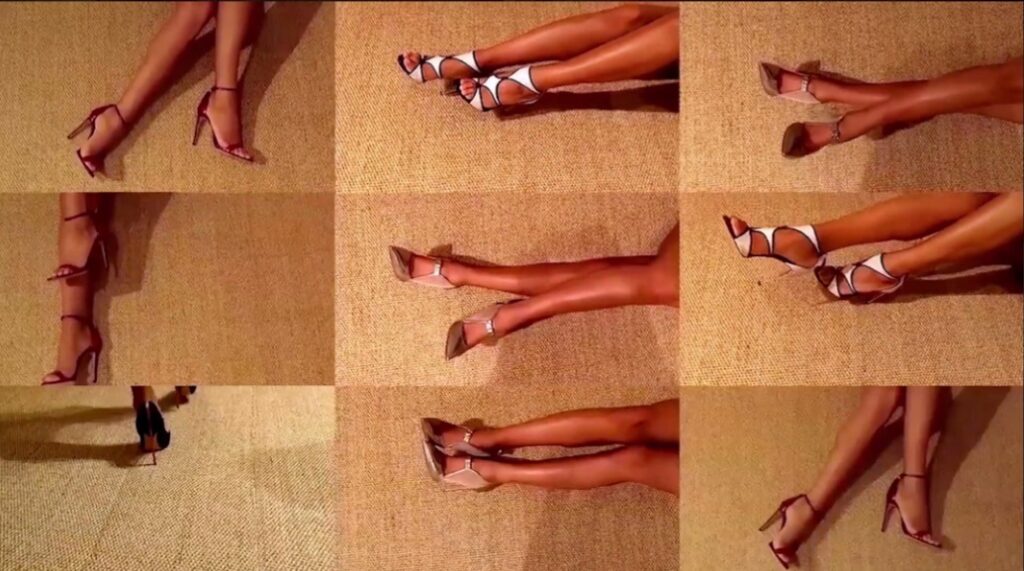
The documentary jumps right in with a dance class where women are empowering each other and themselves with positive affirmations and sensual movements. Dragging on for two minutes, this dance studio footage sets the tone for a documentary that lacks clear structure, but makes up for it with a strong message that highlights the voices of women of color. The film then transitions to an eye-catching title sequence whose blend of 90s digital art and postmodern-esque graphics reflect the dynamic energy seen in the interview subjects later on in the film. If continued throughout the film, these graphics would have created a more consistent style and tone throughout, giving further support to the insubstantial story arc.
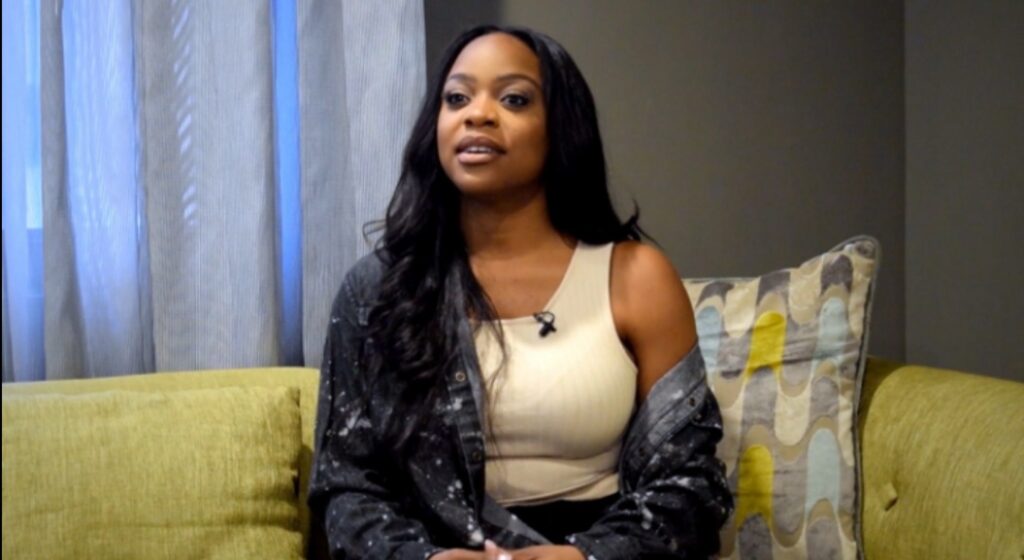
The story then progresses with a series of interviews that provide commentary on how women feel about heels. From the wide range of women who are interviewed, HIGH ON HEELS tells all sides of the story. The film discusses how heels can enhance women’s confidence by making their presence stronger and how not only are heels key parts of art forms like dance, but are art forms of their own. Walking in heels is a skill that takes practice and the elegance and beauty of it is comparable to that of an art. The film also discusses a less glamorous side of the story with a dive into the health complications that can arise from wearing heels. Similarly to the documentaries that came out of the direct cinema movement in the 50s and 60s, HIGH ON HEELS doesn’t necessarily take a stance on the matter, but rather presents the facts and opinions and lets the audience make up their mind.
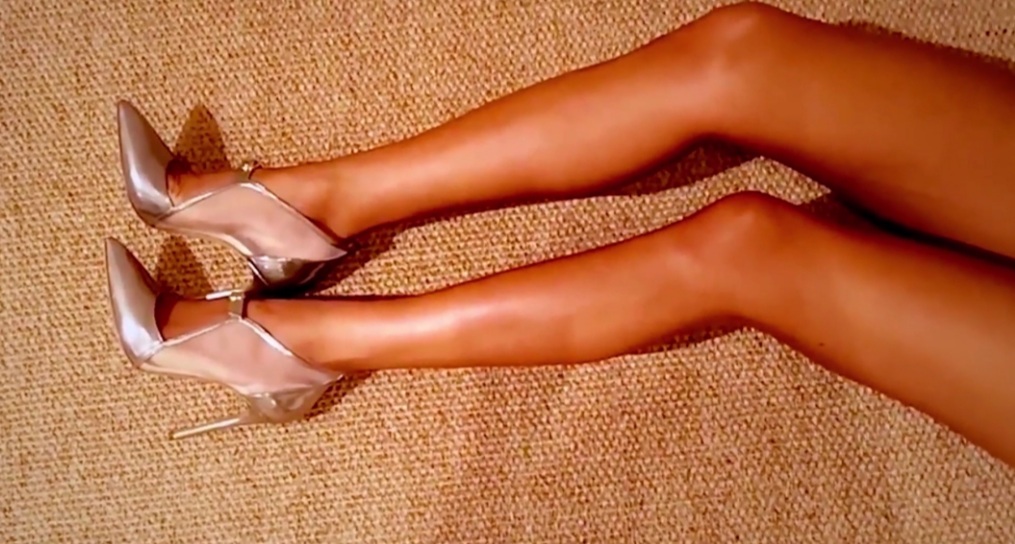
In each interview, there are captivating and well-designed backgrounds whose composition contribute to the story. Instead of having monochrome 2D backgrounds, every interview background is shaped by the identity of the individual who is in front of it. One background consists of an eclectic collection of heels, mosaic art, and a plaque that says “boss lady”. With purple lips and a fur coat, its obvious that this background embodies the bold woman who sits in front. Another interview setup is done in a fashion workroom, mirroring the interviewee’s professional identity and brand. HIGH ON HEELS is celebrating who these women are and what they’ve accomplished by highlighting an important connection between person and place. Unfortunately, for some interviewees this is the only aspect of who they are that is shown to the audience. Some of the women are introduced without any context, inhibiting the audience from building an attachment to their stories.
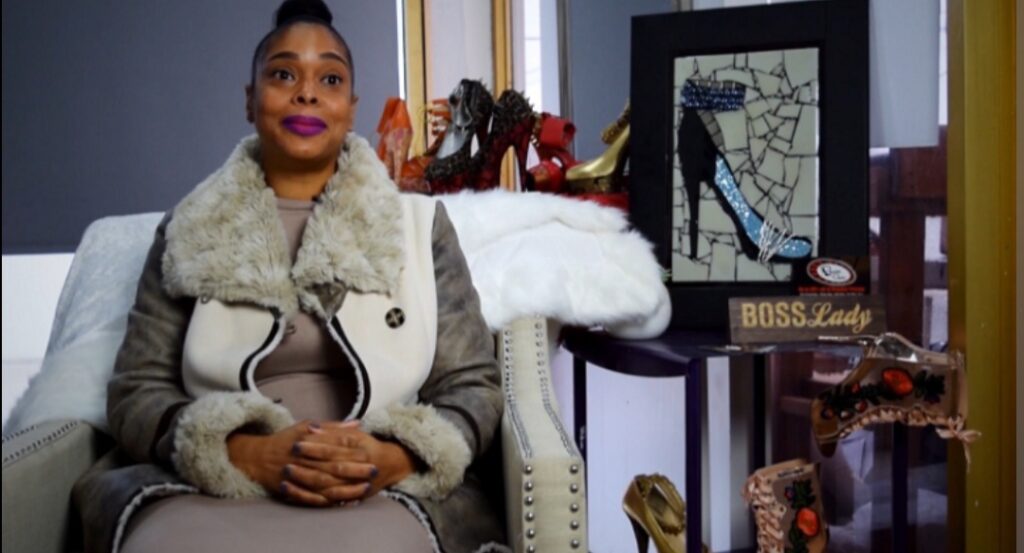
In addition to the poor character development, the elements of the story are pieced together in a muddled way. In an attempt to pack in every opinion and fact about high heels, the film does not have a distinct story arc. With no clear exposition, climax, or resolution, the film jumps from topic to topic without an established flow of information. With that being said, a lack of structure was also a characteristic of the direct cinema movement and could have been a stylistic choice on the part of writer/director, Adelin Gasana. With every negative to HIGH ON HEELS comes a positive, resulting in a satisfactory film whose greatest quality is its mission to shed light on the voices of women who have been historically silenced.
